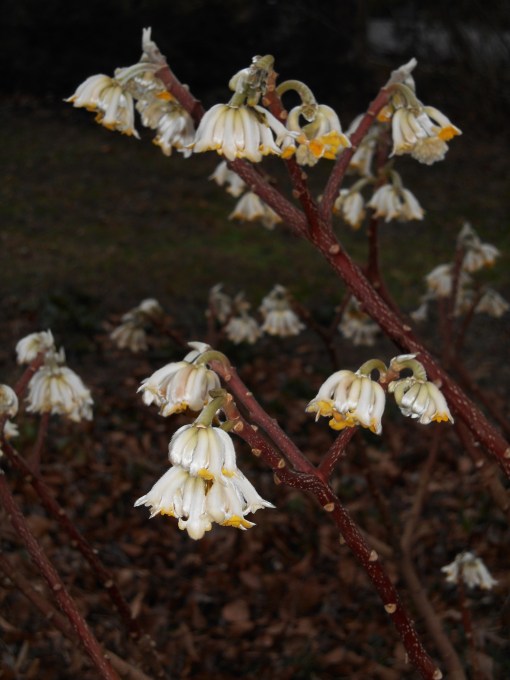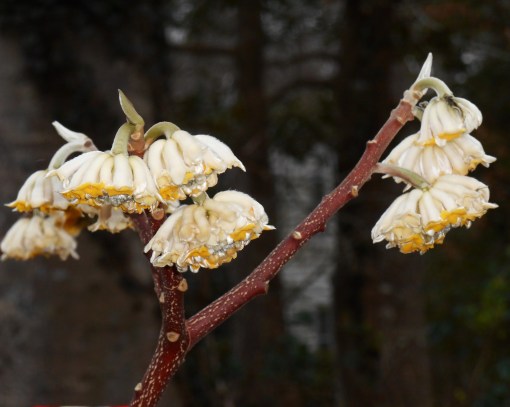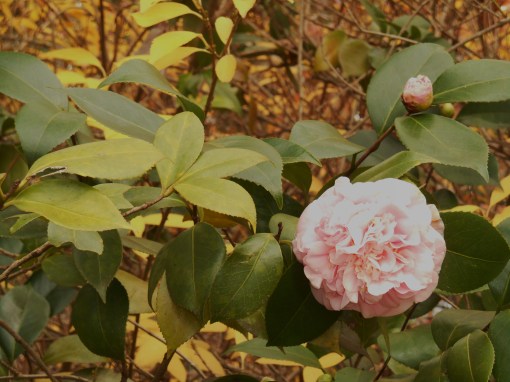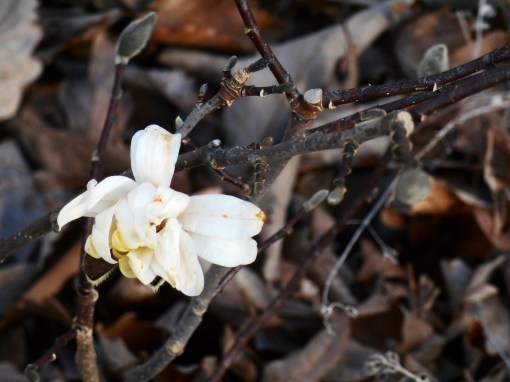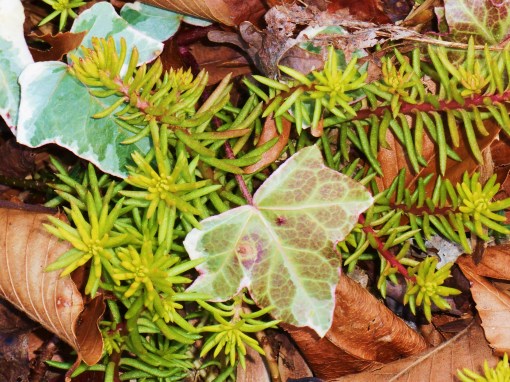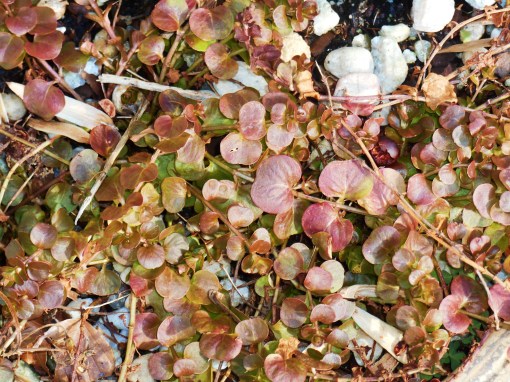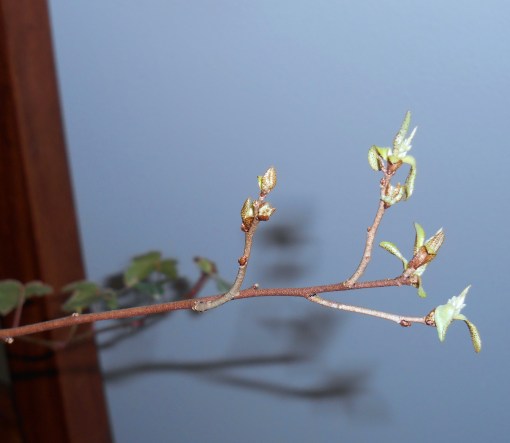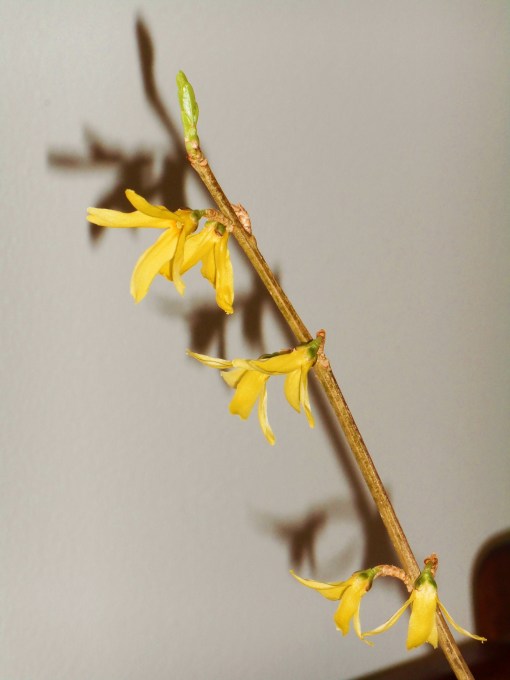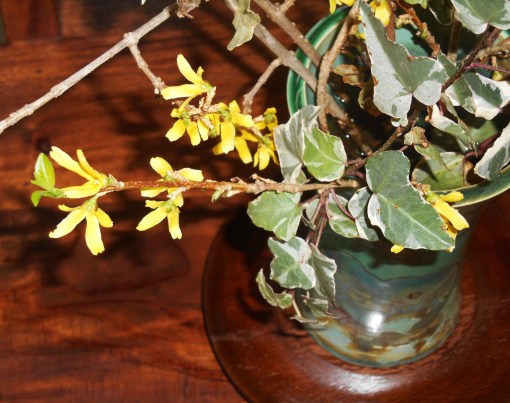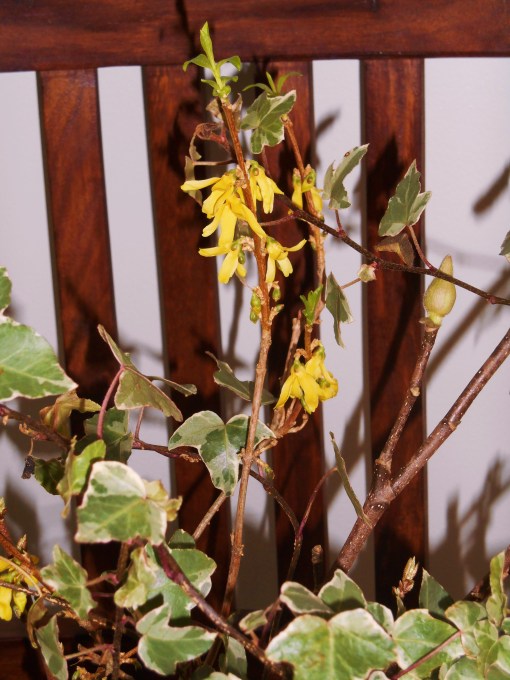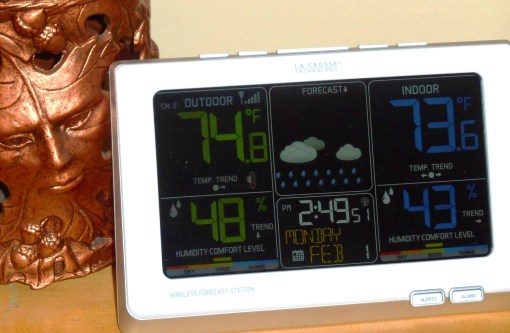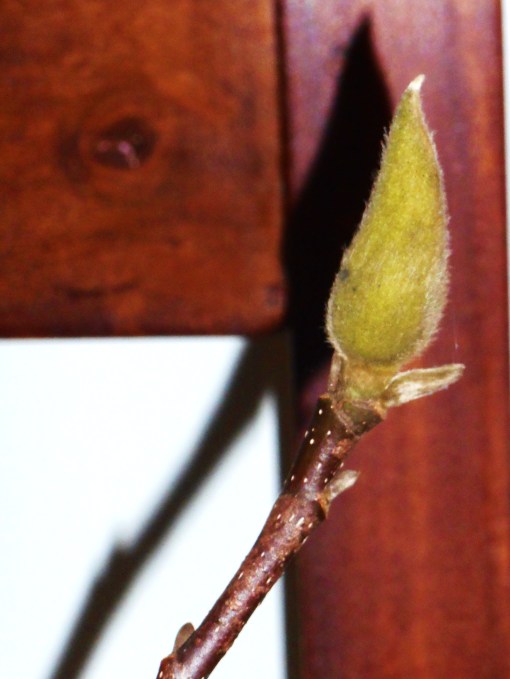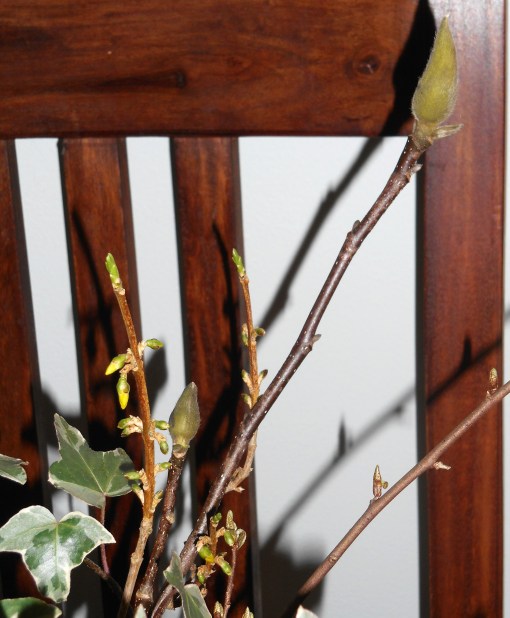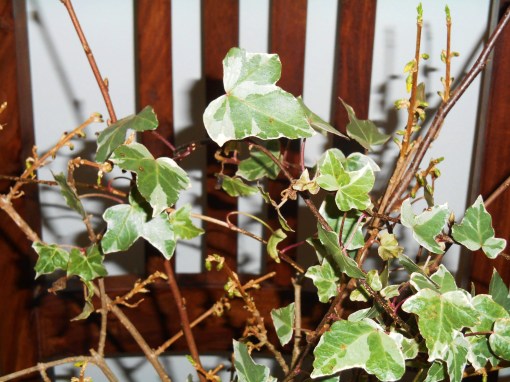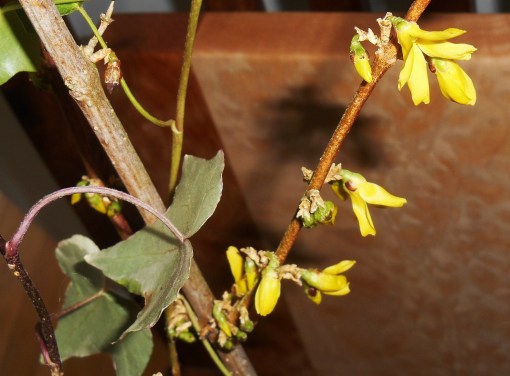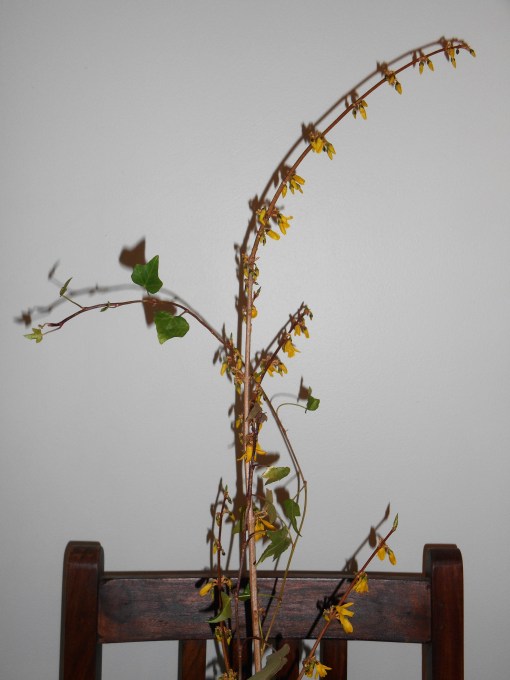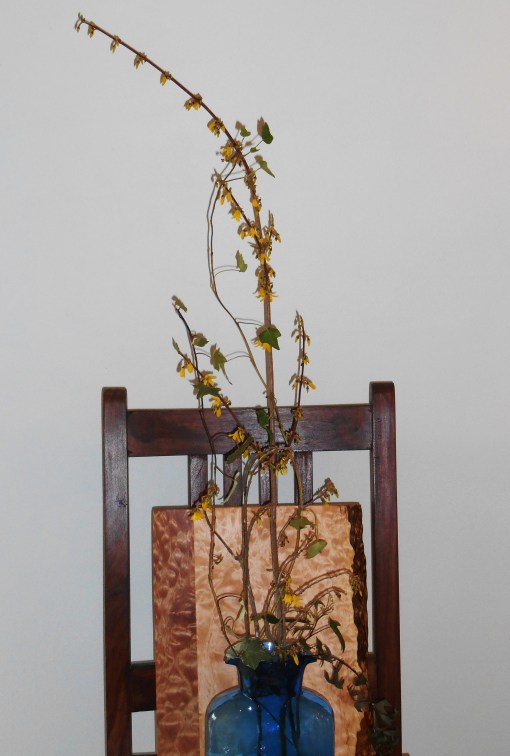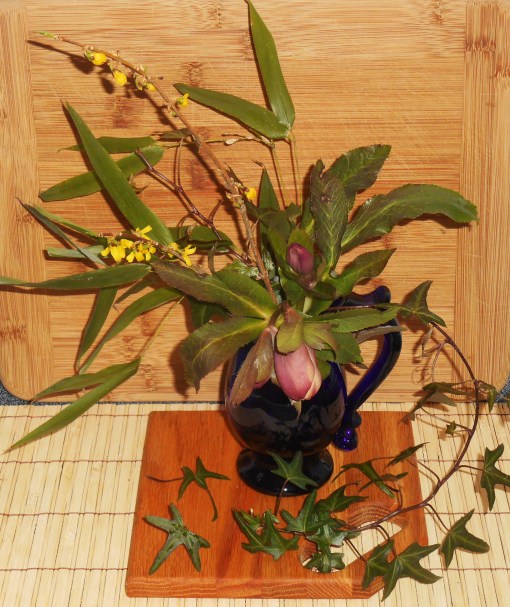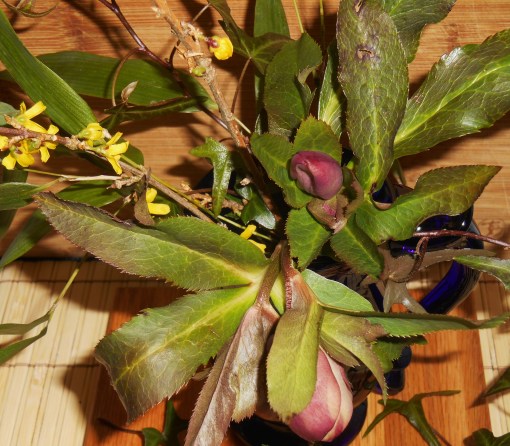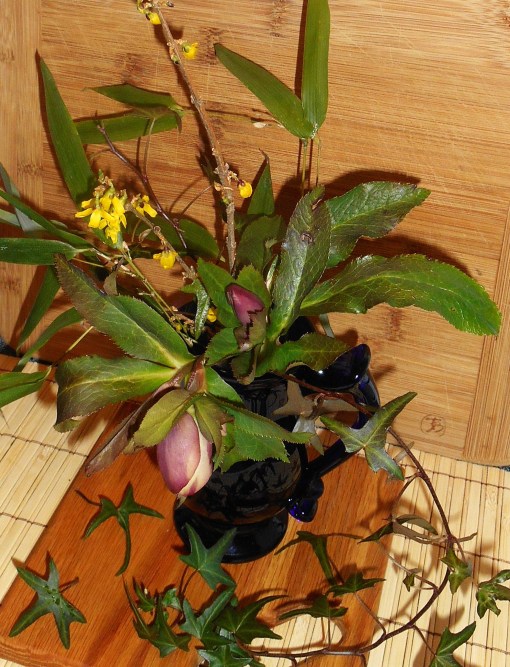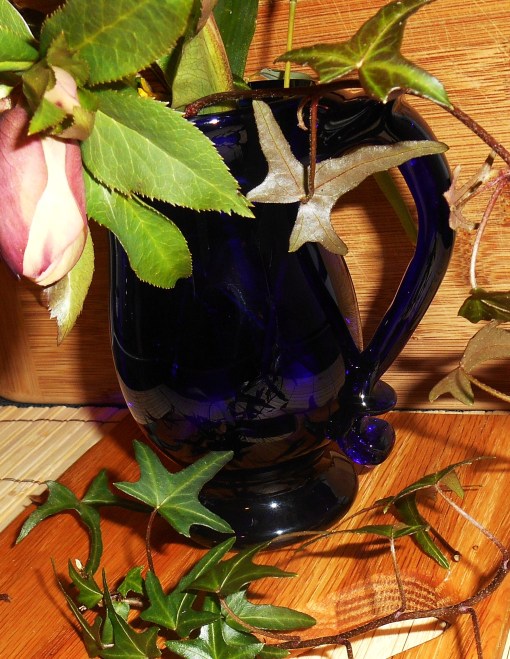
Have you noticed the shrubs full of tiny yellow flowers just coming into bloom in our gardens?

The first Forsythia shrubs observed in Japan were misidentified by Carl Thunberg in his 1794 Flora Japonica as a new species of Lilac.
They are most likely Forsythia. Commonly called by its genus name, Forsythia made its way into the gardens of Europe in the late 18th and early 19th century from Eastern Asia. Found growing in gardens in both Japan and China, and exported to Holland and Great Britain, Forsythia quickly spread from garden to garden on its new continent, and then on to North America.
Absolutely easy to grow, Forsythia , like daffodils, gives us a shot of bold yellow in the garden just as we feel like we can’t stand another day of winter’s greys and browns.
The tiny yellow flowers just burst with the message of spring as they open during the earliest of “almost warm” days. I’ve seen a whole bank of golden Forsythia bushes come into bloom, together, in earliest spring along a major roadway in southern Virginia Beach (Zone 8b). A magnificent sight. And once they open, a little snow and freezing rain doesn’t faze them, as we saw earlier this week.
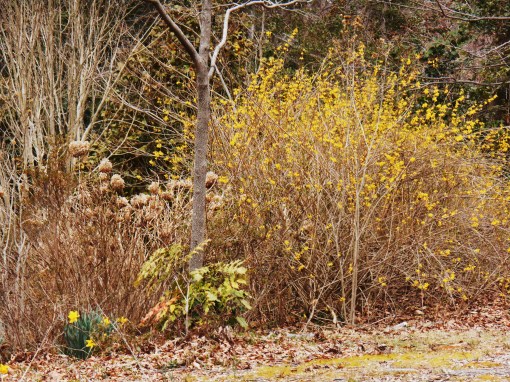
This large clump of Forsythia is decades old. It has spread to cover a huge area. Of the weeping variety, it lights up the garden in early spring. It provides shelter for small animals year round.
Honestly, deer will nibble Forsythia . Nibble, but not destroy. Some of our Forsythia shrubs look oddly misshapen from grazing, but a few patches are massive.
Although not a native, these shrubs have naturalized in many areas of the United States. They provide an early nectar source for bees and other early nectar loving insects. Older shrubs, grown thick over the years, provide excellent cover and nesting areas for small birds and mammals.
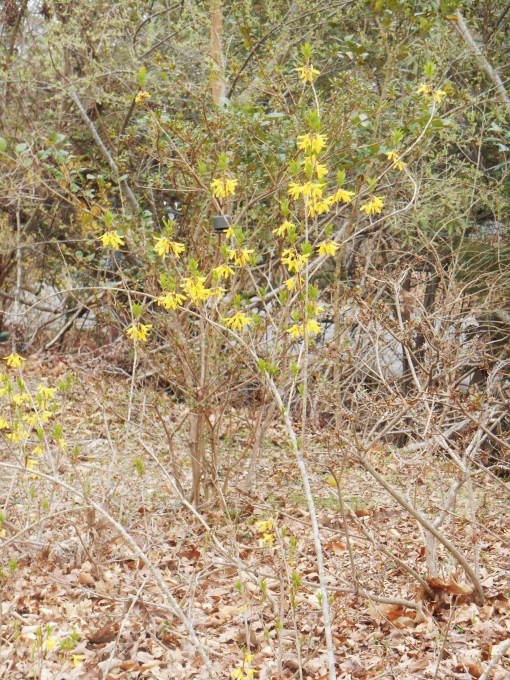
This much younger plant shows that it is frequently grazed by deer. Notice the multiple stems already growing from its crown.
Plant Forsythia in average soil in late fall or early spring in partial to full sun. Like any shrub, they need care until they establish. That means keeping the shrub irrigated during at least the first year. Once the roots take hold and spread, the Forsythia becomes quite tough and independent.
Beyond that initial care, the only thing you might do is trim the Forsythia up from time to time, after it blooms, to keep it from overgrowing its spot. These aren’t large shrubs, but they sucker. In other words, additional stems begin to grow around the original stem, and the shrub spreads laterally as it ages. Most stay under 6′ tall, but old shrubs may grow larger. Some gardeners rejuvenate older shrubs, and control their size, by cutting a few stems of established shrubs to the ground each year, after the shrub has leafed out in late spring. This stimulates new canes to grow from the crown.
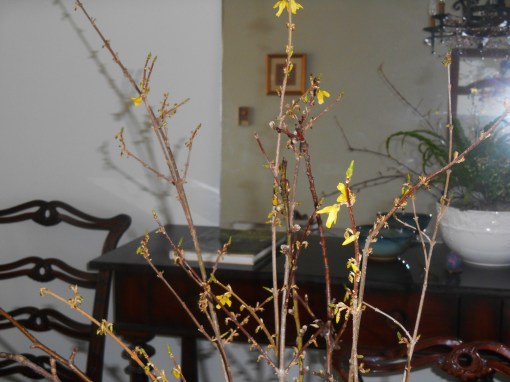
Cut during the first week of March, these Forsythia branches began opening after only a few hours inside.
I tend to cut my Forsythia back in late winter, before they bloom. I cut very judiciously, and only long branches covered in flower buds.
It isn’t so much pruning as harvesting. I love to bring those branches inside and keep them in a vase of water. They open very quickly in the heat of a home, and last for several weeks. Even after the flowers fade, the branches with leaves remain attractive. If they root before I’m ready to switch them out for something else, all the better. I can plant the rooted stems.

By the middle of March, these forced branches were completely open indoors, while the buds on the parent shrubs outside were still tightly closed.
After losing a few of these newly rooted shrubs in recent sizzling summers, I would recommend planting these rooted cuttings into a pot. They will form a nice back drop against summer annuals. In autumn, when you’re cleaning the annuals out of the pot, either move the Forsythia out to the garden, or leave it in place for structure through the winter, planted with Violas, flowering Kale, bulbs, Heuchera, and snaps.
You can enjoy spring bloom in your potted arrangement, and then move the Forsythia to a location in the garden when you switch out the pot with your summer plants.
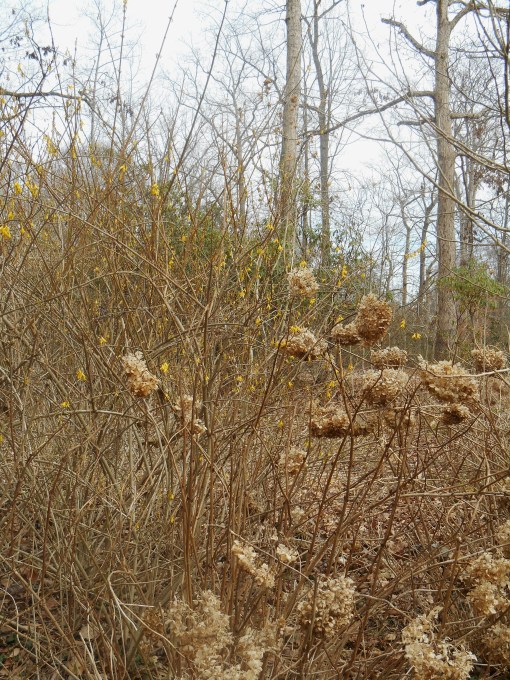
March 19 is the latest I can remember for the Forsythia to come into bloom.
There are two main original species of Forsythia imported from Asia between the 1780’s and 1890’s. These plants had already been cultivated garden plants for centuries before they were “discovered” and imported to Europe. Since then, a great deal of hybridization has taken place. So one can purchase Forsythia with different growth habits, and with some variation in the shade of yellow of their blooms. Some Forsythia cultivars are more weeping and other cultivars more upright.
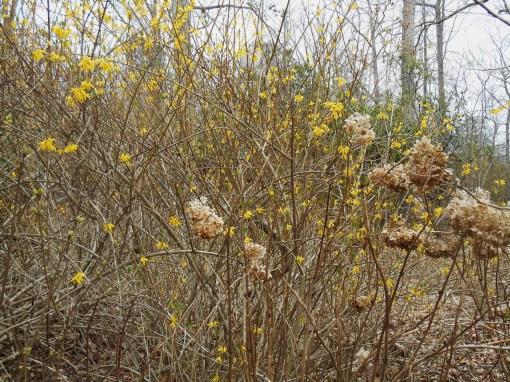
By March 23, more flowers are visible.
Personally, I’ve never purchased a Forsythia . Not only have they naturalized in Virginia, but they start easily from cuttings, or by layering.
This is another shrub common in our neighborhood. When the leaves come out after the blooms fade, these deciduous shrubs just fade into the background. They are completely unremarkable until autumn, when the leaves turn gold before they fall.
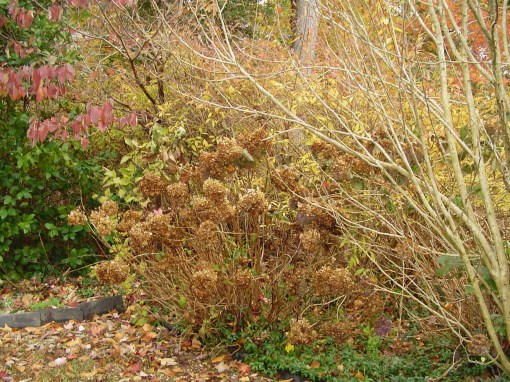
Forsythia leaves turn yellow gold in November.
If one grows Forsythia , it is for the golden glow they reliably bring to the garden in earliest spring!
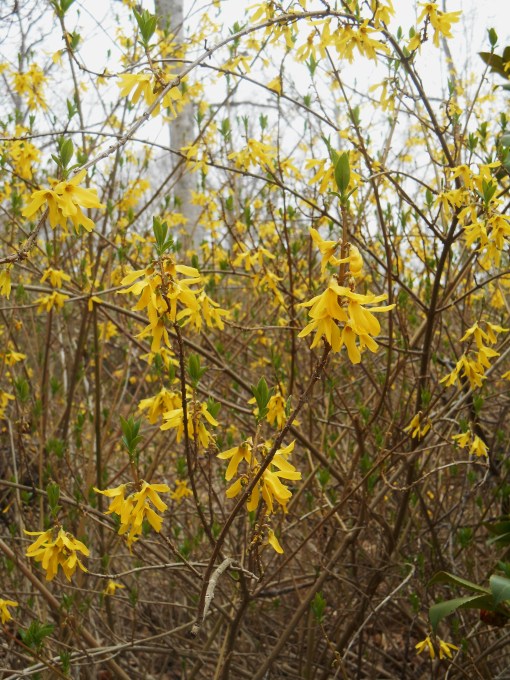
All photos by Woodland Gnome 2014

Miniature daffodil















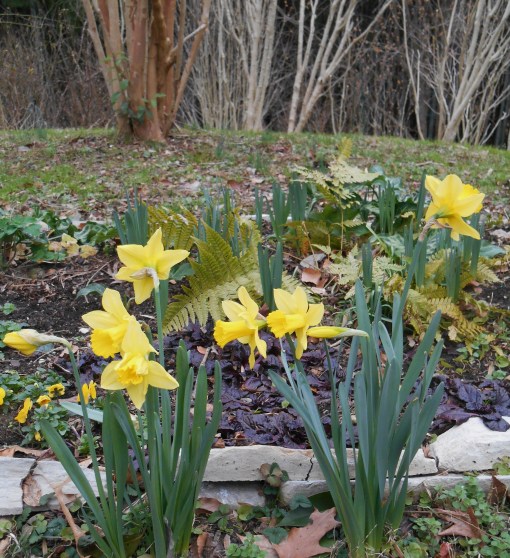
 ~
~

